スコットランド2200km走破 国立スコットランド博物館7 Museum of Scotland 7 日本の木版画・浮世絵 青山貞一 Teiichi Aoyama 池田こみち Komichi Ikeda 2018年12月10日公開 独立系メディア E-wave Tokyo 無断転載禁 |
| スコットランド総目次へ* 国立スコットランド博1 国立スコットランド博2 国立スコットランド博3 国立スコットランド博4 国立スコットランド博5 国立スコットランド博5-2 国立スコットランド博6 国立スコットランド博7 国立スコットランド博8 国立スコットランド博9 国立スコットランド博10 国立スコットランド博11 国立スコットランド美術館1 国立スコットランド美術館2 私たちの韓国のコレクション 韓国 この豊富なコレクションは、主に朝鮮時代、5世紀以上続いた韓国の最後の王朝に焦点を当てています。ただし、初期の作品と現代の作品は、2,000年以上にわたるコレクションにも含まれています。 コレクションには、主に朝鮮後期(1392〜1910)から20世紀初頭までの装飾工芸品が含まれますが、特に三国時代から新羅後期(紀元前57年〜935年)までの初期の作品が含まれます。 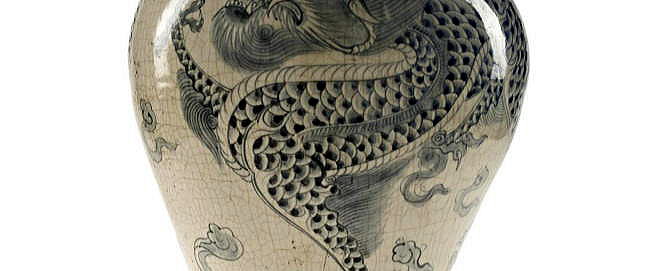 Source:the National Museum of Scotland スコットランド国立博物館の韓国漆ボックス Youtube 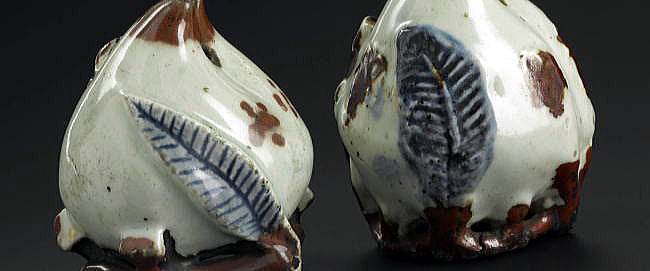 セラミックは、韓国の歴史のいくつかの期間にわたる発展を表す最も重要な要素です。韓国の陶磁器は長い間、東アジアで最も優れていると考えられてきました。韓国コレクションの陶磁器は、朝鮮初期の朝鮮時代の文器など、朝鮮王朝の代表的な陶器です。後の朝鮮からの釉薬の青と釉薬の両方の絵が描かれた白い磁器(百済)。 初期の陶器には、高麗王朝の青磁や、三国時代初期の石器の台座や器が含まれます。これらは、中佐大佐のケネスディングウォール(1869–1946)、ニールゴードンマンロー博士(1863–1942)、牧師スタンレーTスミス(1876–1954)を含む多くの収集家や情報源からのものです。 Source:the National Museum of Scotland 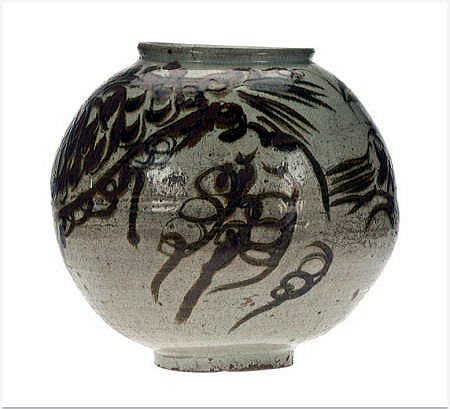 下絵の鉄茶色に描かれた様式化された魚が描かれた石器の保管瓶(ハンガリ):韓国、朝鮮王朝、18世紀。 Storage jar (hangari) of stoneware, with a stylized fish painted in underglaze iron-brown: Korea, Joseon Dynasty, 18th century. Source:the National Museum of Scotland 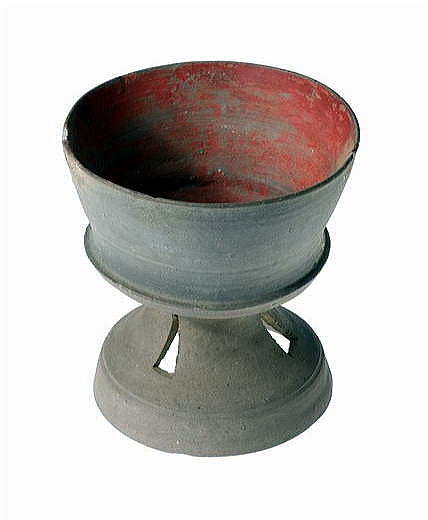 日本の奈良県で発掘された、高い穴あきの足とヘマタイトで覆われた内部を備えた石器のカップ。韓国、三国時代、紀元5〜6世紀。 Cup of stoneware, with a high perforated foot, and a hematite covered interior, excavated in Nara Prefecture, Japan: Korea, Three Kingdoms period, 5th - 6th century AD. Source:the National Museum of Scotland  磁器の花瓶。神聖な宝石を追う4爪の竜の下絵のような青いデザインが施されています。韓国、朝鮮、18世紀後半から19世紀初頭。 Vase of porcelain, with an underglaze blue design of a four–clawed dragon pursuing the sacred jewel: Korea, Joseon Dynasty, late 18th to early 19th century. Source:the National Museum of Scotland 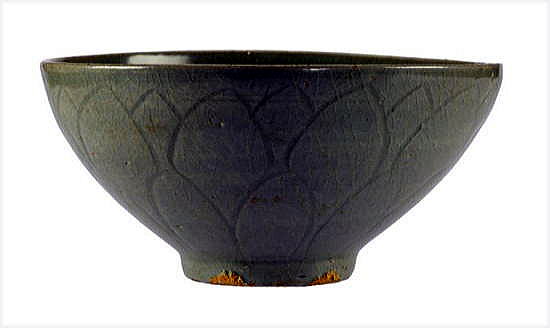 蓮の花びらの外側に刻まれた装飾と青磁釉の石器の茶碗:韓国、13世紀。 Teabowl of stoneware with incised decoration on exterior of lotus petals, and celadon glaze: Korea, 13th century. Source:the National Museum of Scotland 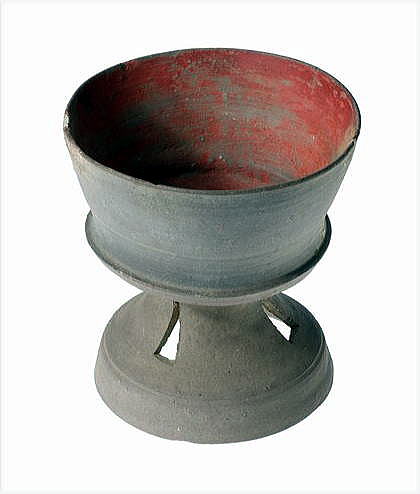 日本の奈良県で発掘された、高い穴あきの足とヘマタイトで覆われた内部を備えた石器のカップ。韓国、三国時代、紀元5〜6世紀。 Cup of stoneware, with a high perforated foot, and a hematite covered interior, excavated in Nara Prefecture, Japan: Korea, Three Kingdoms period, 5th - 6th century AD. Source:the National Museum of Scotland 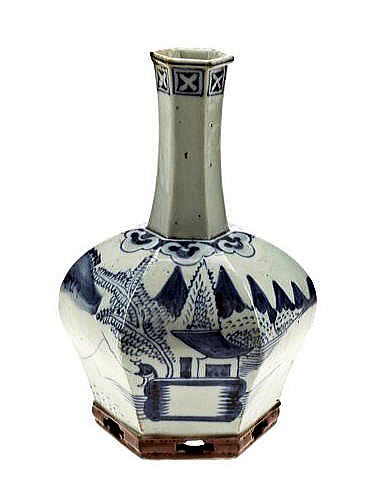 風景の中の漁師の釉薬のような青い装飾が施された、穴のあいた足のある球形で六角形の艶をかけられた共鳴磁器の花瓶:韓国、16〜17世紀。 Vase of glazed resonant porcelain, bulbous and hexagonal with a perforated foot, with underglaze blue decoration of a fisherman in a landscape: Korea, 16th-17th century. Source:the National Museum of Scotland 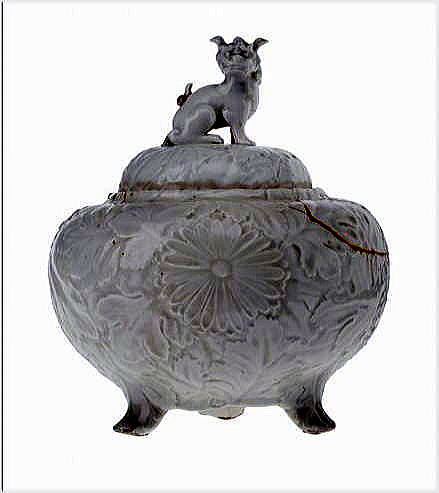 白い釉薬、球根、三脚を備えた磁器の瓶とカバー。菊を浮彫りにして成型し、ライオンドッグノップをカバーに付け、壊れて金の漆で修復した。韓国、18世紀。 Jar and cover of porcelain with white glaze, bulbous and tripod, moulded with chrysanthemums in relief, lion-dog knop on cover, broken and repaired with gold lacquer: Korea, 18th century. Source:the National Museum of Scotland 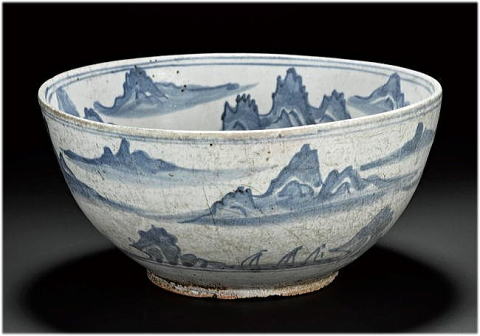 赤い色のボディと均一な淡いブルーの装飾が施された緑白の釉薬を備えた陶器製の陶器製のボウル。中央の円形の山の風景とフライングクレーンを備えています。 Porcellanous stoneware bowl with a red coloured body, and a green-white glaze, with uniform pale blue decoration, with mountain scenery and flying crane in central roundel: Korea, 19th century. Source:the National Museum of Scotland 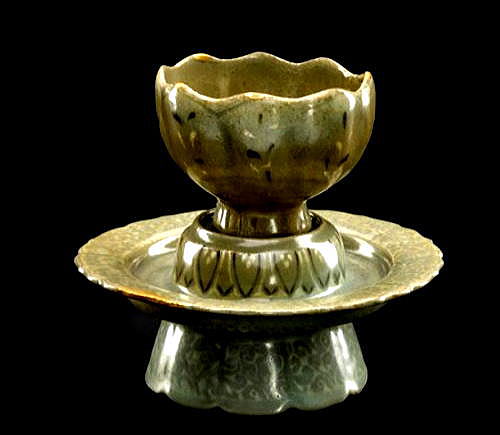 蓮の形をした石器の椀とその台で、地の青と緑の釉の下に白と茶色の泥漿(でい しよう:陶土にうわぐすりを混ぜ,水で溶いたもの)で象嵌模様が施されている。 韓国、高麗時代、紀元918-1392。 Lotus-shaped cup and stand of stoneware, decorated with inlaid designs in white and brown slip under a blue-green glaze: Korea, Goryeo Dynasty, 918 - 1392 AD. Source:the National Museum of Scotland 国立スコットランド博8 |